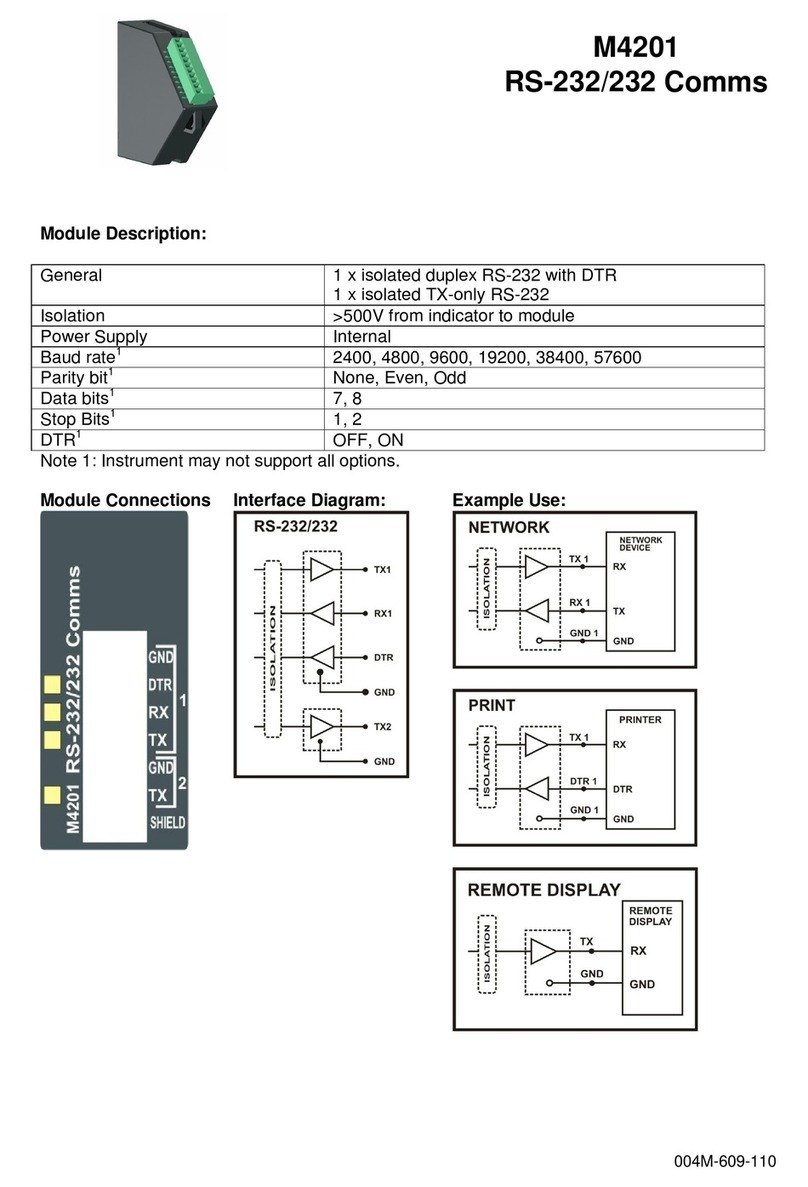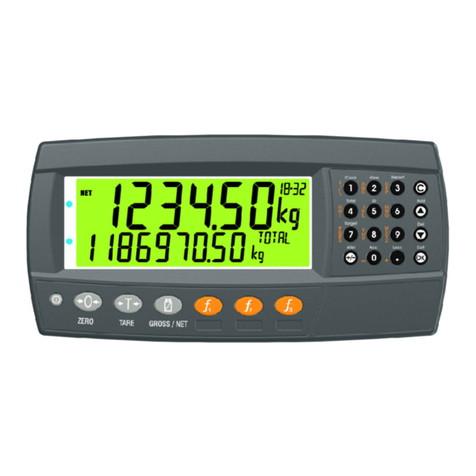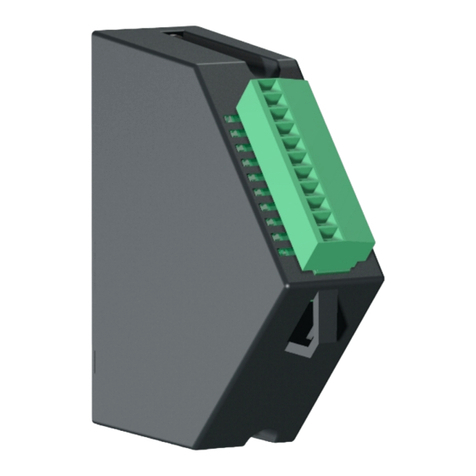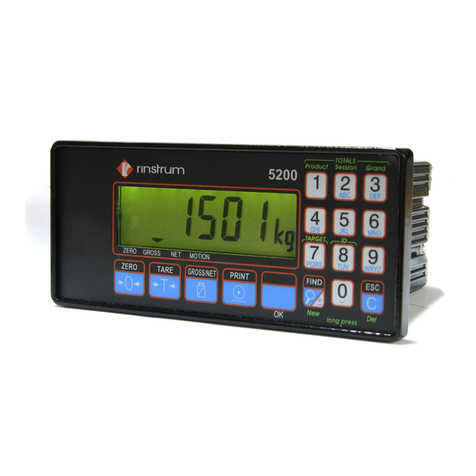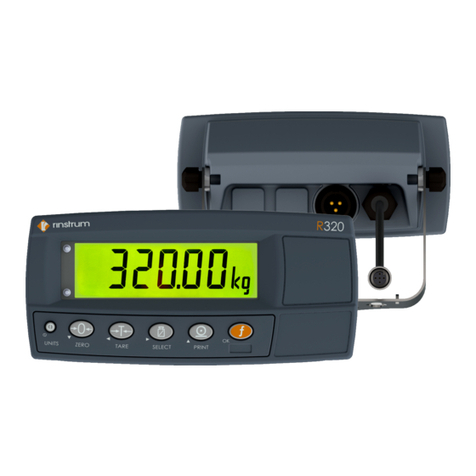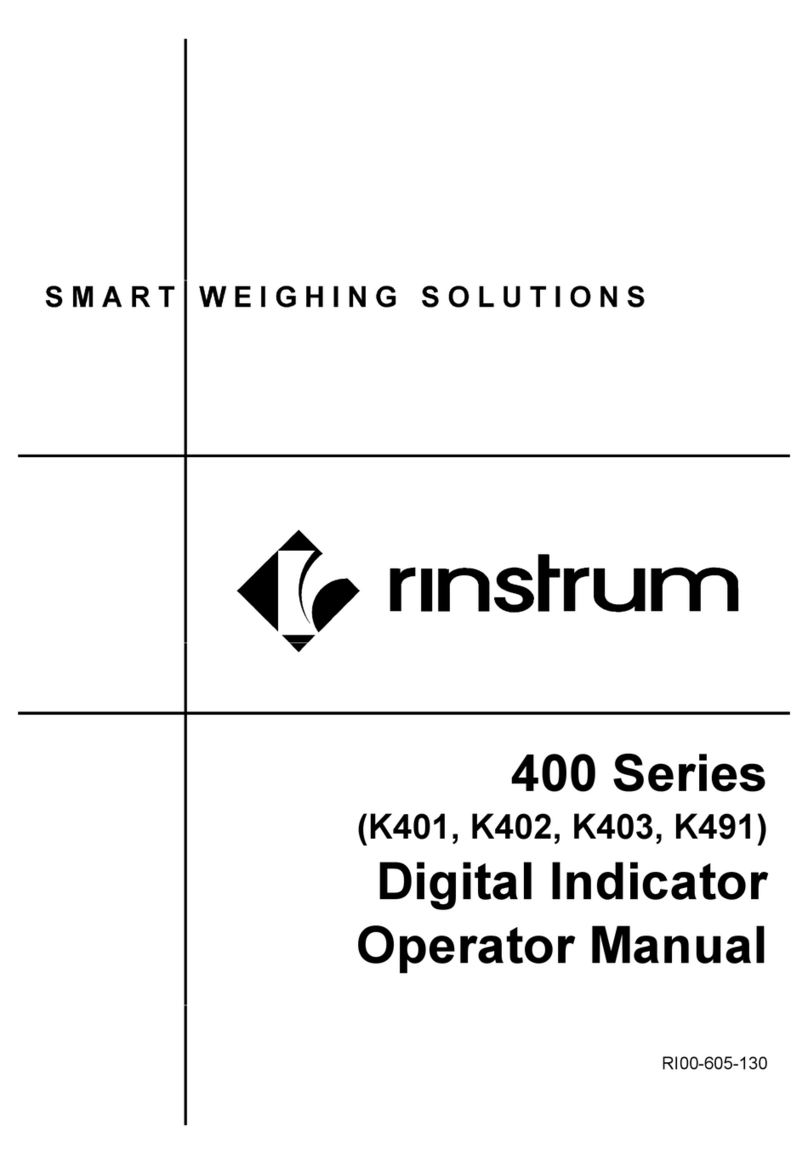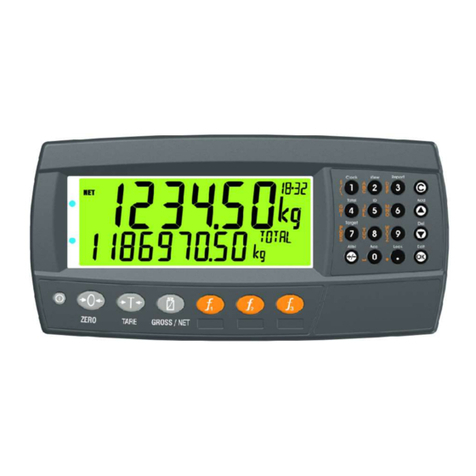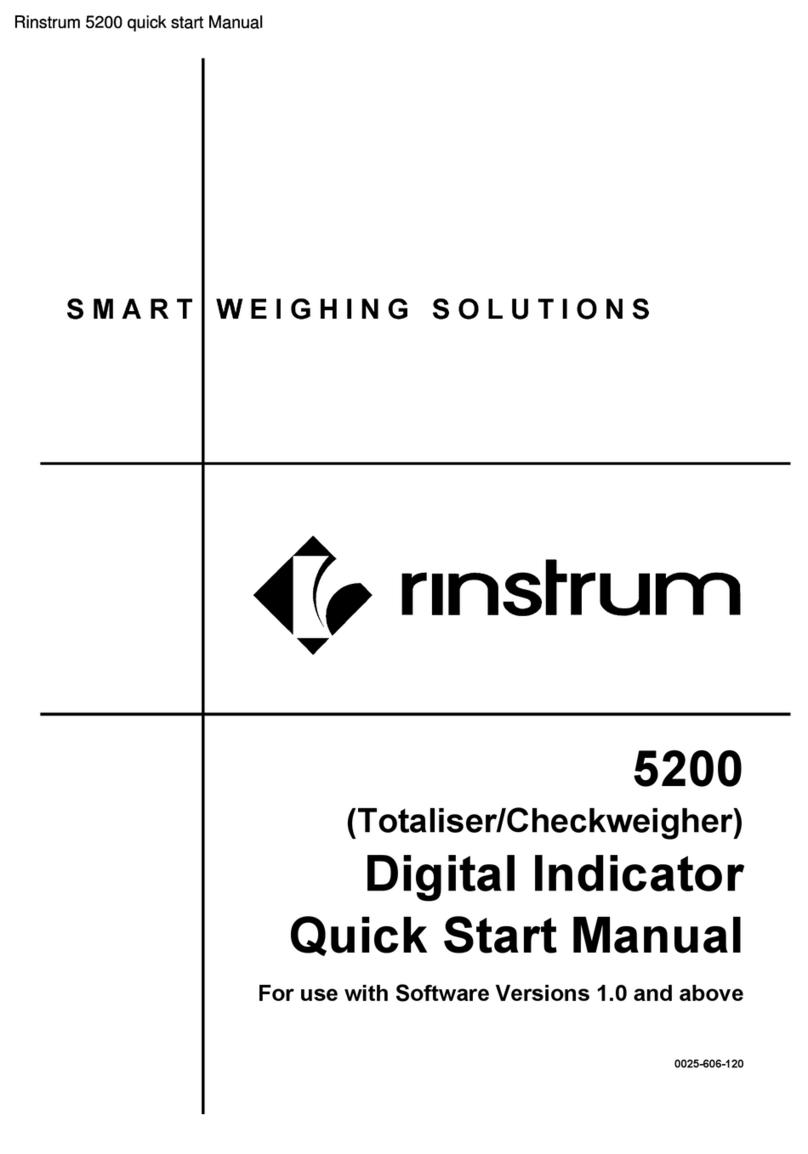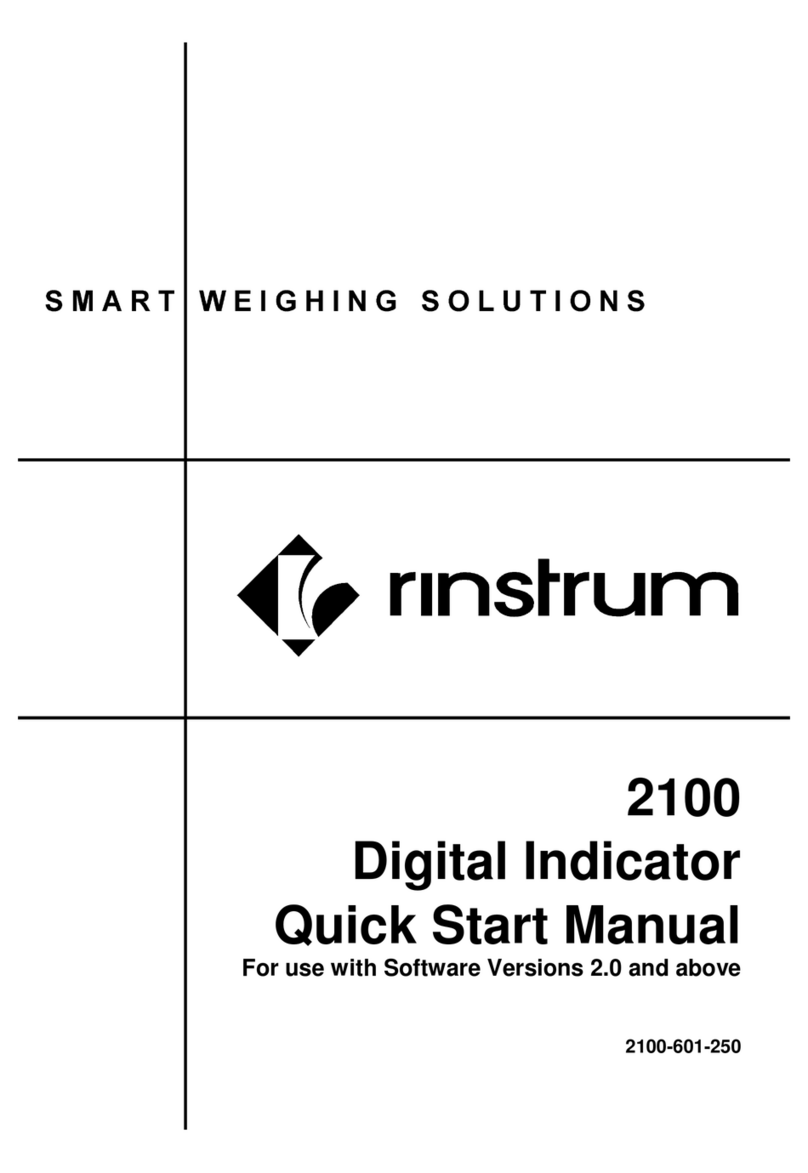Reference Manual Rev 1.40
004R-623-140 Page 3
8.7.2. AUTO.n (Automatic Output Configuration)................................................54
8.8. PRINT (Printouts).....................................................................................................55
8.8.1. NUM (Number of printouts).......................................................................55
8.8.2. HEADER (Print header)............................................................................55
8.8.3. FOOTER (Print footer)..............................................................................55
8.8.4. PAGE (Print page options......................................................................... 55
8.8.5. SPACE (Print blank space options) ..........................................................56
8.8.6. PRINT.n … (Printout options) ...................................................................57
8.9. SETP (Setpoints)......................................................................................................58
8.9.1. NUM (Number of setpoints)......................................................................58
8.9.2. SETP1 … SETP16 (Setpoint options)....................................................... 58
8.10. ANL.OUT (Analogue Output)....................................................................................61
8.11. End (Save and exit)..................................................................................................61
9. NETWORK COMMUNICATIONS........................................................................................ 62
9.1. Introduction ..............................................................................................................62
9.2. Network rinCMD.......................................................................................................62
9.2.1. Basic Message Format............................................................................. 62
9.2.2. Termination ..............................................................................................63
9.2.3. Error Handling ..........................................................................................64
9.2.4. Ring Network Enhancement..................................................................... 64
9.3. Network Protocol SIMPLE........................................................................................65
9.4. Network Protocol BARCODE.................................................................................... 65
9.5. rinCMD Examples ....................................................................................................66
10. AUTOMATIC WEIGHT OUTPUT......................................................................................... 68
10.1. Overview..................................................................................................................68
10.2. Auto Weight Format String .......................................................................................68
11. PRINTING ........................................................................................................................... 70
11.1. Overview..................................................................................................................70
11.2. Print ID..................................................................................................................... 70
11.3. Record printouts.......................................................................................................70
11.4. Docket printouts .......................................................................................................70
11.5. Report printouts........................................................................................................ 71
11.6. Custom Printing........................................................................................................72
11.6.1. Page Tokens............................................................................................73
12. SPECIAL FUNCTIONS ....................................................................................................... 74
12.1. Introduction ..............................................................................................................74
12.2. Key Functions...........................................................................................................74
12.2.1. NONE.......................................................................................................74
12.2.2. PRINT ......................................................................................................74
12.2.3. SINGLE....................................................................................................75
12.2.4. TEST........................................................................................................75
12.2.5. PRD.SEL..................................................................................................76
12.2.6. SLAVE......................................................................................................77
12.2.7. SC.EXIT ...................................................................................................77
12.2.8. A.TARE.................................................................................................... 77
13. SETPOINTS ........................................................................................................................ 78
13.1. Overview..................................................................................................................78
13.2. Outputs.....................................................................................................................78
13.3. Common Settings.....................................................................................................78
13.4. Weigh in (OVER) Setpoints and Weigh Out (UNDER) Setpoints..............................79
13.4.1. Additional Settings.................................................................................... 81
13.5. Status Based Setpoint Types ...................................................................................81
13.6. Logic Setpoint Types................................................................................................82
13.7. Scale Entry/Exit Setpoint Types................................................................................85
14. ANALOGUE OUTPUT......................................................................................................... 86
14.1. Overview..................................................................................................................86
14.2. Configuration of Hardware........................................................................................ 86
14.2.1. Configuration............................................................................................86
14.2.2. Calibration................................................................................................86
14.2.3. Testing .....................................................................................................86
